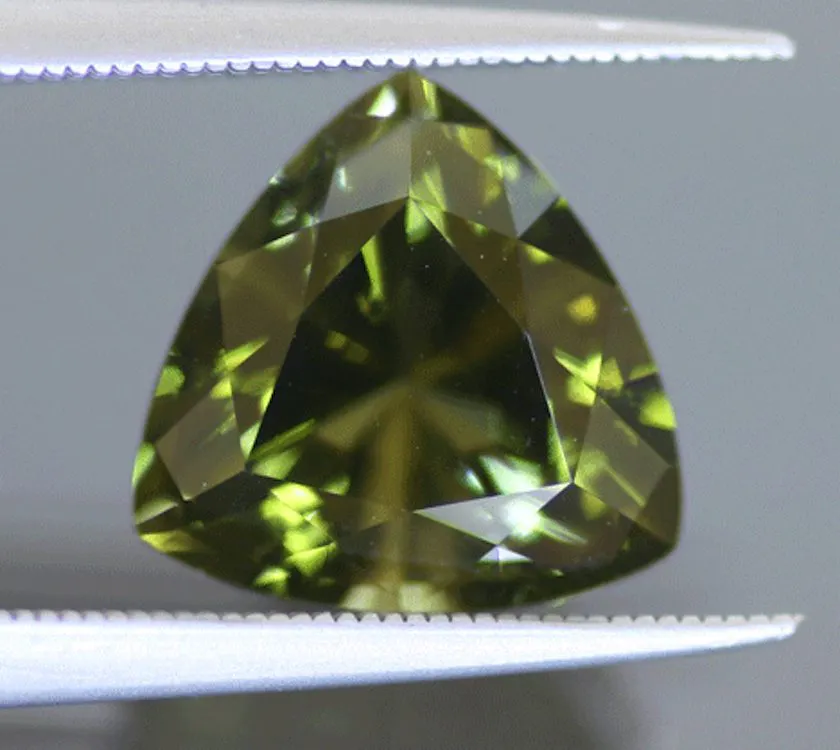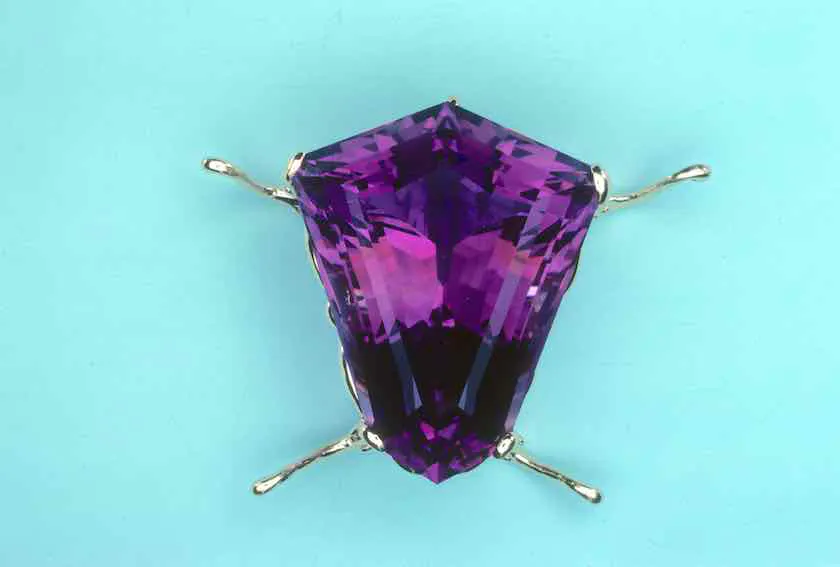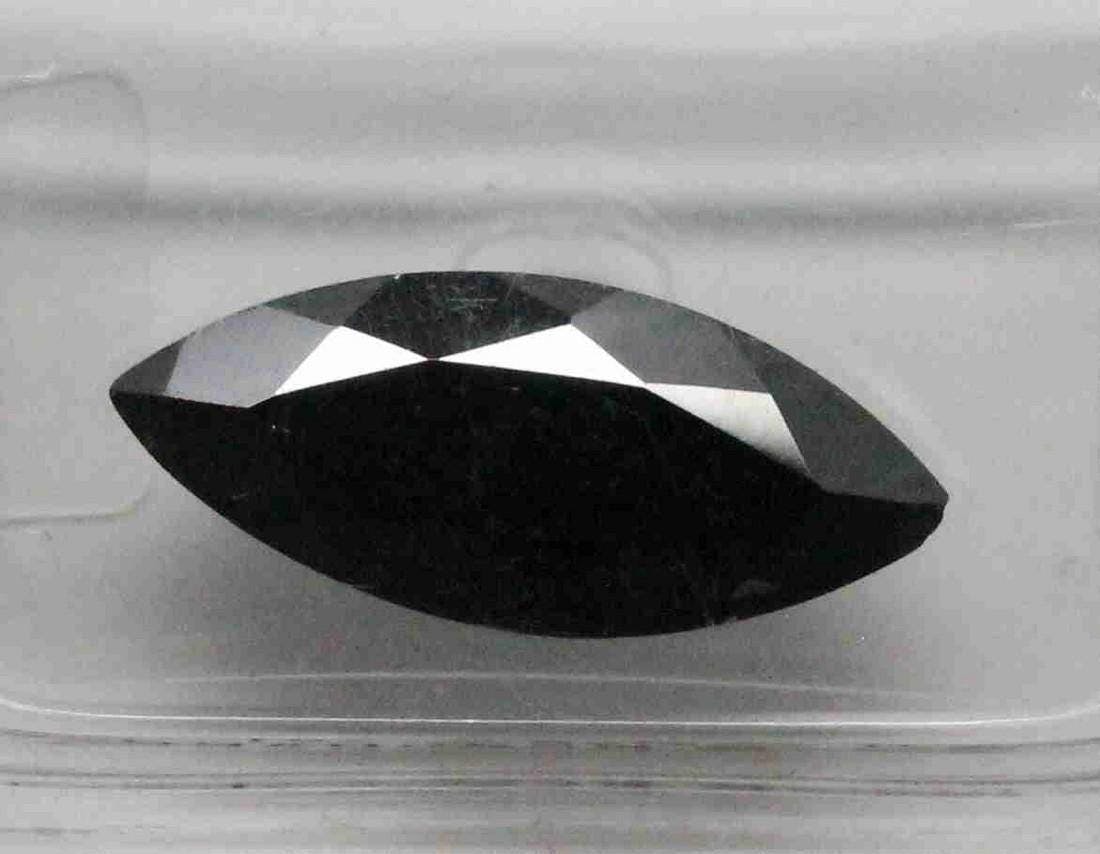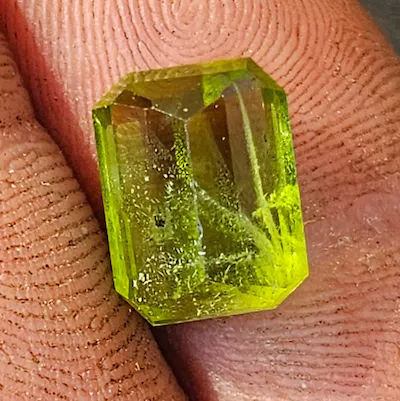Information about Jade, News
Jade symbolism reflects themes of harmony, eternity, and virtue
In this intriguing article, delve into the enchanting realm of jade symbolism, exploring its embodiment of themes such as harmony, eternity, and virtue. Jadeite and nephrite, two distinct varieties of jade, have long been revered for their exquisite beauty and profound significance throughout history. Beyond its aesthetic allure, jade possesses unique musical properties, often crafted into melodic instruments such as chimes and gongs, enhancing its mystique.
Across diverse cultures, jade holds a special place. For instance, the Maori people of New Zealand create cherished heirloom pendants known as hei-tiki from these green gemstones. Furthermore, in ancient civilizations like Ancient Egypt and China, jade was connected to the deceased, signifying its importance in spiritual beliefs.
In China, jade is particularly venerated for its embodiment of virtues such as charity, rectitude, wisdom, courage, and equity. It stands as a symbol of nobility and wealth, with a rich cultural heritage. Recognized as the “Gem Supreme” and the “Jewel of Heaven,” jade continues to mesmerize and inspire, representing much more than a mere gemstone. Explore the world of jade at Melogems to discover the depth of its cultural significance and timeless appeal.
Historical Significance of Jade
Introduction to jade symbolism
Jade, with its rich history and cultural significance, holds a special place in many societies. Symbolically, jade represents various themes such as harmony, eternity, and virtue. Its unique beauty and spiritual properties have made it highly sought after throughout the ages.
Types of jade: jadeite and nephrite
There are two main types of jade: jadeite and nephrite. Jadeite, known for its vibrant green hue, is the rarer and more precious variety. Nephrite, on the other hand, comes in a range of colors, including white, green, and black. Both types have been highly valued and used for centuries for their exquisite beauty and symbolism.
Jade’s value throughout history
Jade has been treasured and highly valued in diverse cultures and time periods. In ancient civilizations, such as the Mayans and Chinese, jade was considered more precious than gold. It was believed to possess mystical powers and was often used in rituals, burials, and jewelry. The historical significance of jade spans continents, with its value enduring across centuries and civilizations.
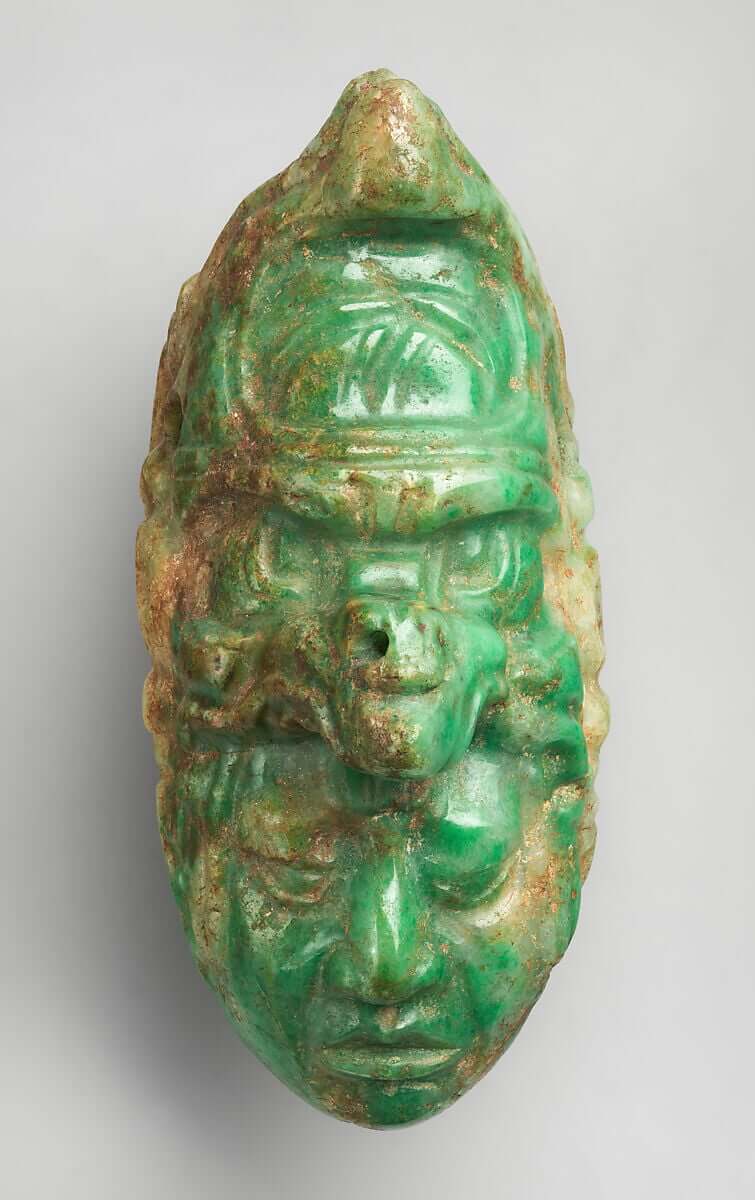
Jade as a Symbol of Harmony
The concept of harmony in jade symbolism
One of the key aspects of jade symbolism is its association with harmony. Jade is considered to be a harmonizing stone, bringing balance to its wearer or user. The smooth texture and cool touch of jade evoke a sense of tranquility and peace, making it an ideal gemstone for promoting harmony in all aspects of life.
Examples of jade’s association with harmony
Throughout history, jade has been used in various contexts that reflect its connection to harmony. In Chinese philosophy, the concept of Yin and Yang, representing the balance of opposing forces, is symbolized by the interaction of jade and other gemstones. In Mesoamerican cultures, jade artifacts featuring intricate carvings represented the harmony between humans and nature.
Jade as a tool for achieving harmony
Jade is believed to have the power to create balance and harmony within oneself as well as in relationships and communities. It is often used in meditation practices to foster a sense of serenity and inner peace. Additionally, wearing jade jewelry or keeping jade objects in living spaces is thought to invite positive energy and harmonize the surrounding environment.
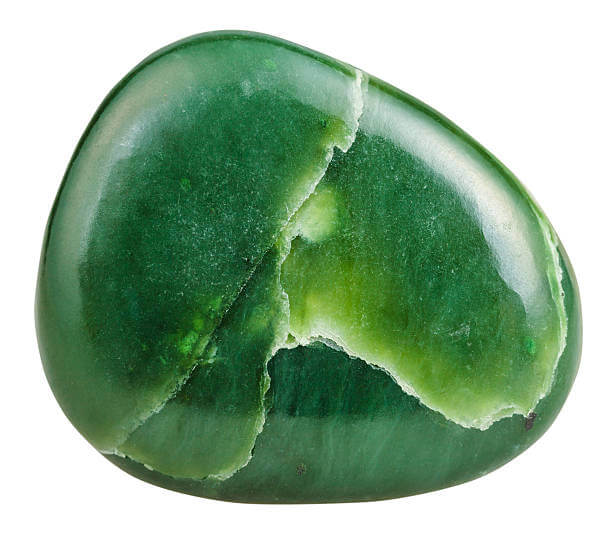
Jade’s Connection to Eternity
Exploring the idea of eternity in jade symbolism
Beyond harmony, jade symbolizes eternity. With its durability and timeless beauty, jade is seen as a representation of everlasting life and immortality. The stone’s lustrous appearance and ability to withstand the tests of time have made it a fitting symbol for the concept of eternity.
Symbolic representations of eternity in jade
Many cultures have used jade to symbolize immortality and eternity in various forms. In ancient China, jade burial suits were created for emperors and nobility to ensure their eternal existence. Carvings of mythical creatures and symbols of longevity on jade artifacts further reinforce the association between jade and eternity.
The significance of eternity in jade’s cultural contexts
The belief in an eternal afterlife or the cyclical nature of life and death is deeply embedded in various cultural contexts. Jade’s association with eternity serves as a reminder of the spiritual connection that transcends earthly existence. It provides comfort and solace, representing a continuum that extends beyond the boundaries of mortal life.

Virtuous Attributes of Jade
Understanding virtue in jade symbolism
Jade is often closely linked with virtue and embodies a range of positive attributes. In many cultures, it is believed that wearing or possessing jade can promote qualities such as wisdom, courage, compassion, and justice. These virtues are seen as essential for leading a virtuous and fulfilling life.
How jade embodies specific virtues
Jade, with its smooth and polished surface, is thought to possess a calming effect on the mind and promote clarity of thought. Its presence is believed to enhance wisdom, allowing individuals to make sound judgments and decisions. The green color of jade is associated with growth and vitality, symbolizing courage to face challenges and the ability to adapt and flourish.
Cultural beliefs and associations with jade’s virtues
Different cultures have their own beliefs and associations regarding the virtues embodied by jade. In Chinese culture, jade is considered the embodiment of the Confucian virtues of charity, rectitude, wisdom, courage, and equity. These virtues are highly regarded and sought after, and jade is seen as a tangible representation of them.
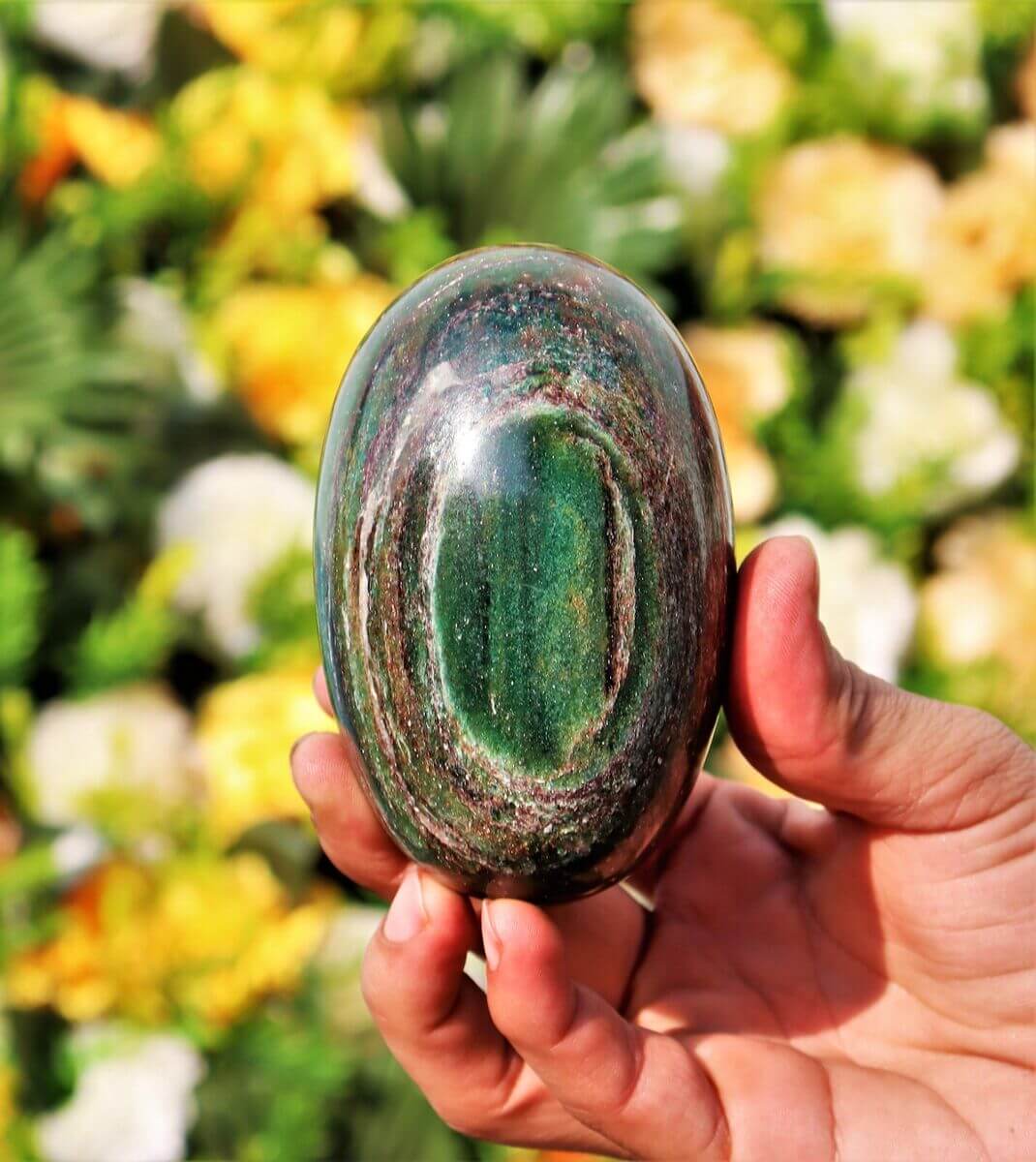
Jade’s Musical Properties
The musical qualities of jade
In addition to its symbolic significance, jade also possesses unique musical properties. When struck, jade produces a clear and resonant sound that is pleasing to the ear. This musical quality has led to the use of jade in creating musical instruments and objects.
Traditional instruments made from jade
Jade has been utilized in musical traditions around the world. Traditional Chinese instruments such as jade chimes and gongs are crafted from this precious stone. These instruments produce beautiful and melodious tones, enhancing the overall musical experience.
The significance of jade in musical traditions
Incorporating jade into music not only adds to its aesthetic appeal but also carries deeper symbolic meaning. The harmonious sound produced by jade instruments is believed to create a sense of balance and tranquility, aligning with the stone’s association with harmony. Jade’s use in music further celebrates its diverse properties and its ability to evoke emotional and spiritual responses.
Jade in Maori Culture
Introduction to Maori culture’s connection with jade
Jade, known as “pounamu” in the Maori language, holds great cultural significance for the indigenous Maori people of New Zealand. It is highly valued and deeply intertwined with their history, traditions, and spirituality.
Hei-tiki: Treasured jade pendants in Maori tradition
One of the most iconic forms of Maori jade artistry is the hei-tiki pendant. These pendants, traditionally carved from pounamu, are considered taonga (treasures) and hold immense cultural importance. They are often passed down through generations, symbolizing connections to ancestors and serving as reminders of cultural identity.
Symbolism and significance of jade in Maori culture
In Maori culture, pounamu or jade is believed to carry the essence of life. It is considered a sacred stone with spiritual qualities and is highly valued for its beauty and strength. Jade objects are seen as more than mere adornments; they are seen as vessels that harness ancestral knowledge and spiritual energy.
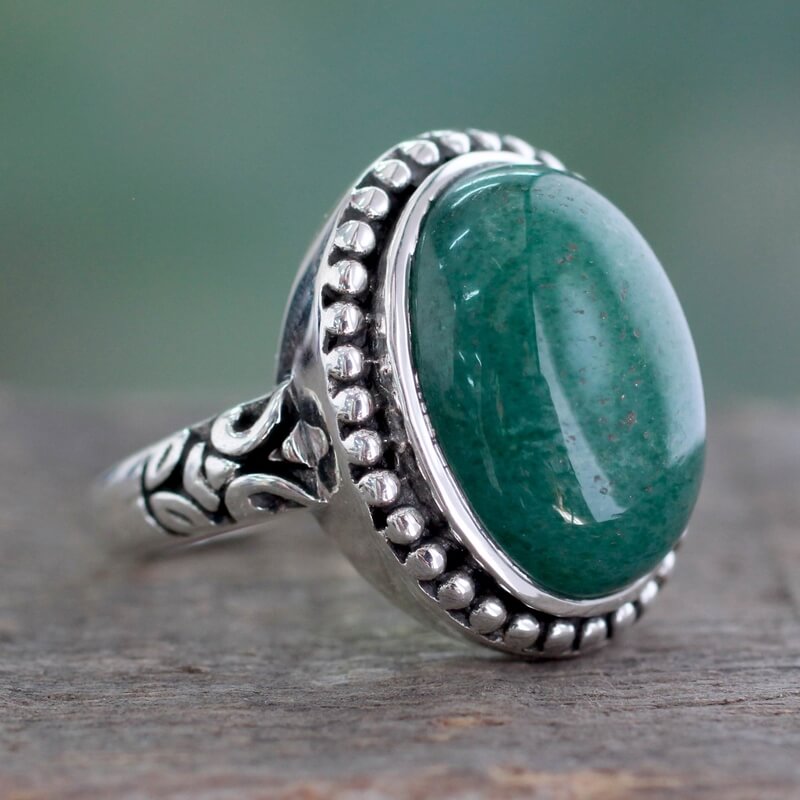
Jade’s Association with the Afterlife
Ancient Egyptian beliefs about jade and the dead
In ancient Egypt, jade was believed to hold protective qualities for the deceased. It was often included in burial rituals and tombs to ensure a safe journey to the afterlife. The vivid green color of jade was associated with regeneration and fertility, reflecting the Egyptians’ belief in the cyclical nature of life and death.
Chinese cultural perspectives on jade and the afterlife
Jade has also been closely associated with the afterlife in Chinese culture. Jade burial suits, consisting of thousands of jade pieces sewn together with gold thread, were created to accompany emperors and high-ranking officials into the afterlife. It was believed that the jade would preserve the body and ward off evil spirits.
Rituals and practices involving jade in honoring the deceased
Throughout history, the use of jade in funeral rites and remembrance practices has been prevalent. From jade amulets placed in tombs to jade carvings representing ancestral spirits, jade has played a significant role in honoring and memorializing the dead. Its enduring nature symbolizes the everlasting connection between the living and the deceased.
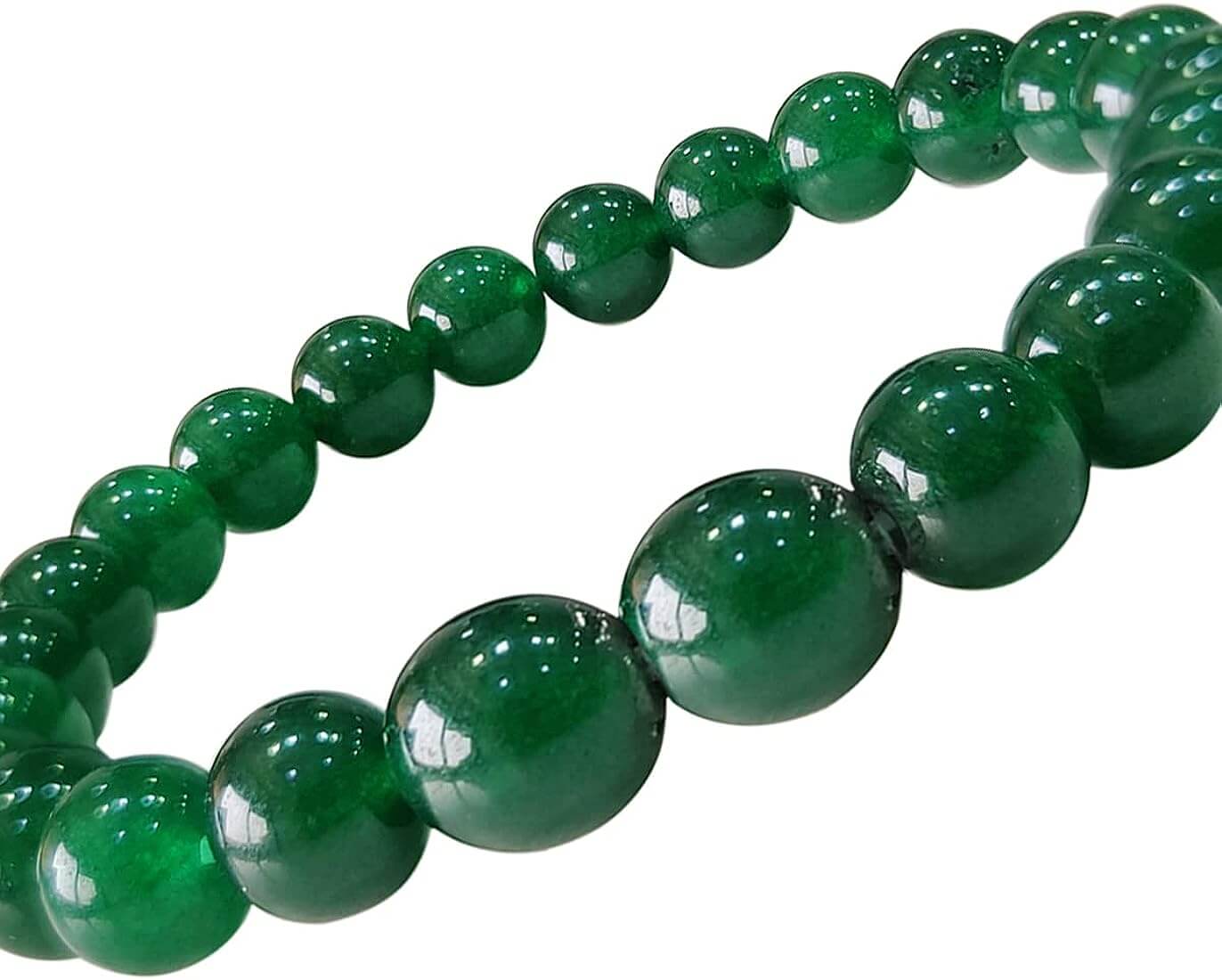
Jade’s Reverence in Chinese Culture
Jade’s esteemed position in Chinese society
In Chinese culture, jade holds a position of great reverence and is highly valued as one of the most precious gemstones. It is considered to be the “stone of heaven” and is associated with spiritual purity and nobility. Jade has been cherished by emperors, scholars, and the elite throughout history and continues to hold immense cultural significance.
The virtues attributed to jade in Chinese belief systems
Chinese belief systems attribute various virtues to jade, further enhancing its revered status. Jade is associated with qualities such as compassion, integrity, and wisdom. It is believed to bring good fortune, promote harmony, and protect against negative energies. The virtues associated with jade align with the Confucian values that are deeply ingrained in Chinese society.
Symbolism of jade in relation to nobility and wealth
Jade’s association with nobility and wealth stems from its historical connection to Chinese emperors and royalty. Jade ornaments, such as jadeite bangles and jade carvings, have been worn as symbols of status and power. Jade remains a coveted gemstone, often passed down as heirlooms, symbolizing not only material wealth but also the rich cultural heritage of the Chinese people.
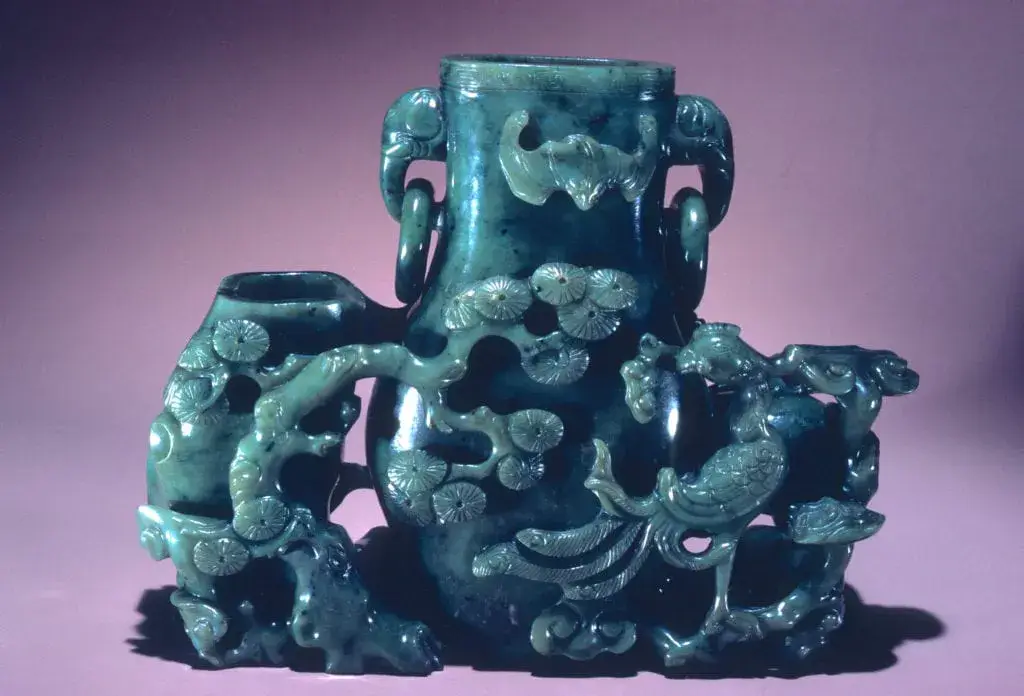
Jade’s Association with Time
Jade as an hour stone for specific birth times
In Chinese astrology, jade is closely tied to the concept of time. It is believed that jade has a unique energy that aligns with different hours of the day. It serves as an hour stone, with specific birth times corresponding to the energy of different jade colors and types. This connection to time adds an extra layer of symbolism to jade’s significance.
The significance of being born between 9 and 10 PM
Among all the birth times, being born between 9 and 10 PM is considered particularly auspicious in Chinese culture. It is believed that individuals born during this time possess a special affinity with jade and are said to have a greater connection to its energy. This association reinforces the deep intertwining of jade with the concept of time and its symbolic implications.
Jade’s connection to time and its symbolic implications
Jade’s association with time represents the cyclical nature of life and the continuous flow of energy. It serves as a reminder of the impermanence of worldly matters and the importance of cherishing the present moment. The connection between jade and time adds another layer of depth to its symbolism, emphasizing the eternal qualities it embodies.
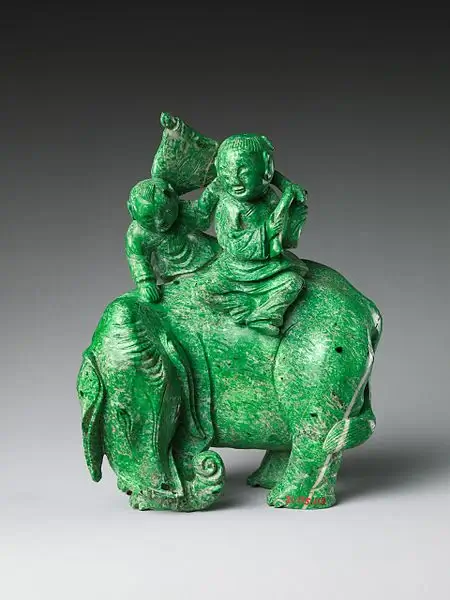
Jade as the Gem Supreme
Jade’s exceptional value and status
Jade’s exceptional value and status in the realm of gemstones have earned it the title of “Gem Supreme.” Its rarity, beauty, and symbolism have captivated civilizations throughout history, making it highly prized and sought after. The scarcity of high-quality jade has contributed to its elevated status and desirability.
The title of ‘Gem Supreme’ bestowed upon jade
The title of “Gem Supreme” bestowed upon jade acknowledges its unique properties that set it apart from other gemstones. Jade’s association with spiritual qualities, cultural significance, and enduring beauty places it at the pinnacle of gemstone appreciation. Its esteemed status as the “Gem Supreme” further solidifies its position as a timeless treasure.
Jade as the ‘Jewel of Heaven’ and its celestial associations
Jade’s celestial associations have earned it the title of the “Jewel of Heaven.” It is believed to be a conduit between the Earth and the divine, bridging the gap between the mortal and the celestial realms. Jade’s connection with the heavens reinforces its status as a gemstone of utmost importance, reserved for the extraordinary and the sublime.
In conclusion, jade’s historical significance is multifaceted and deeply ingrained in various cultures. From its association with harmony and eternity to its embodiment of virtues and musical properties, jade’s symbolism transcends borders and time periods. Its reverence in cultures like the Maori and Chinese, as well as its connection to the afterlife, nobility, time, and status as the “Gem Supreme,” all contribute to the enduring allure of this precious stone. Whether worn as jewelry, used in rituals, or admired for its beauty, jade continues to captivate and inspire, reminding us of the rich tapestry of human history and belief systems that have shaped its significance.

